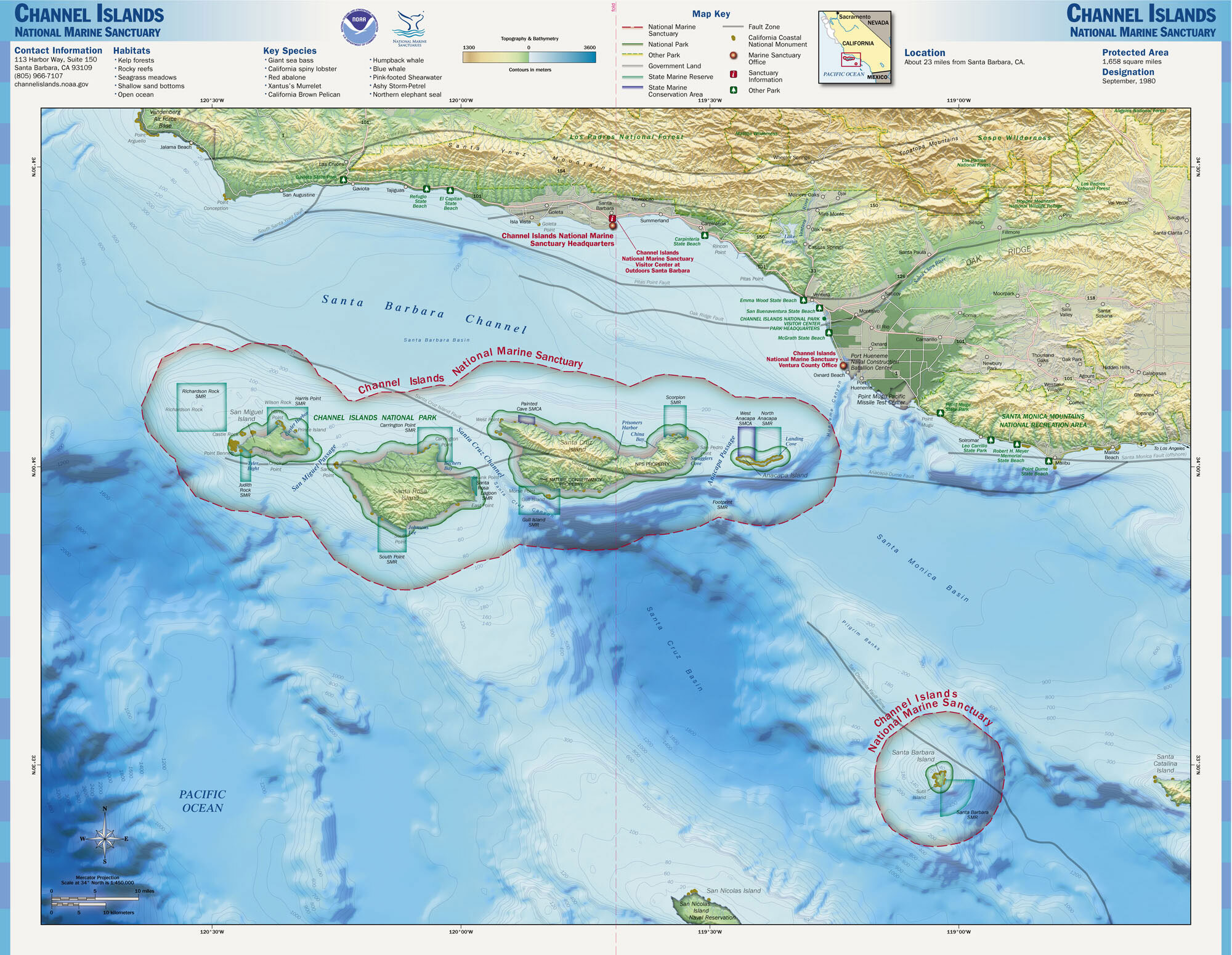
Figure 1:Channel Island Marine Sanctuary, Santa Barbara
Image courtesy of NOAA, National Sanctuary.
Marine sanctuaries are an important part of ocean conservation today, but because of their local economic effects on industries such as fisheries, gas and oil extraction, and tourism, they produce conflicts of interest between different stakeholders and value systems. These conflicting interests were on display in the proposal for new marine reserve boundaries for the Channel Islands Marine Sanctuary, which was first created in 1980. To capture the interplay of these competing interests, a statistical decision maker model was built. The econometric model predicts the response of fishermen – in this case urchin divers – to each proposed marine preserve boundary. The predicted response could then be factored into the design of the preserve, to more accurately capture the actual biological gains from each proposed boundary.
Video available at: https://vimeo.com/527396635